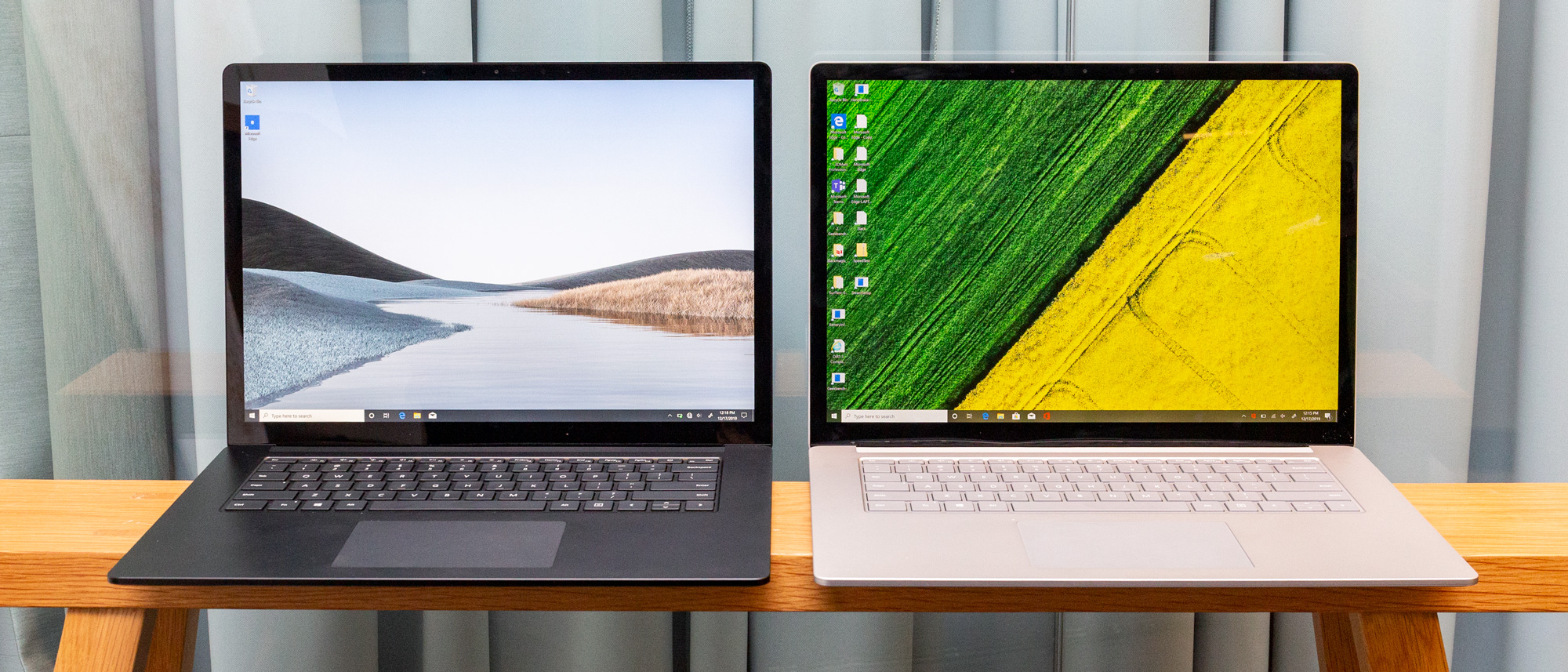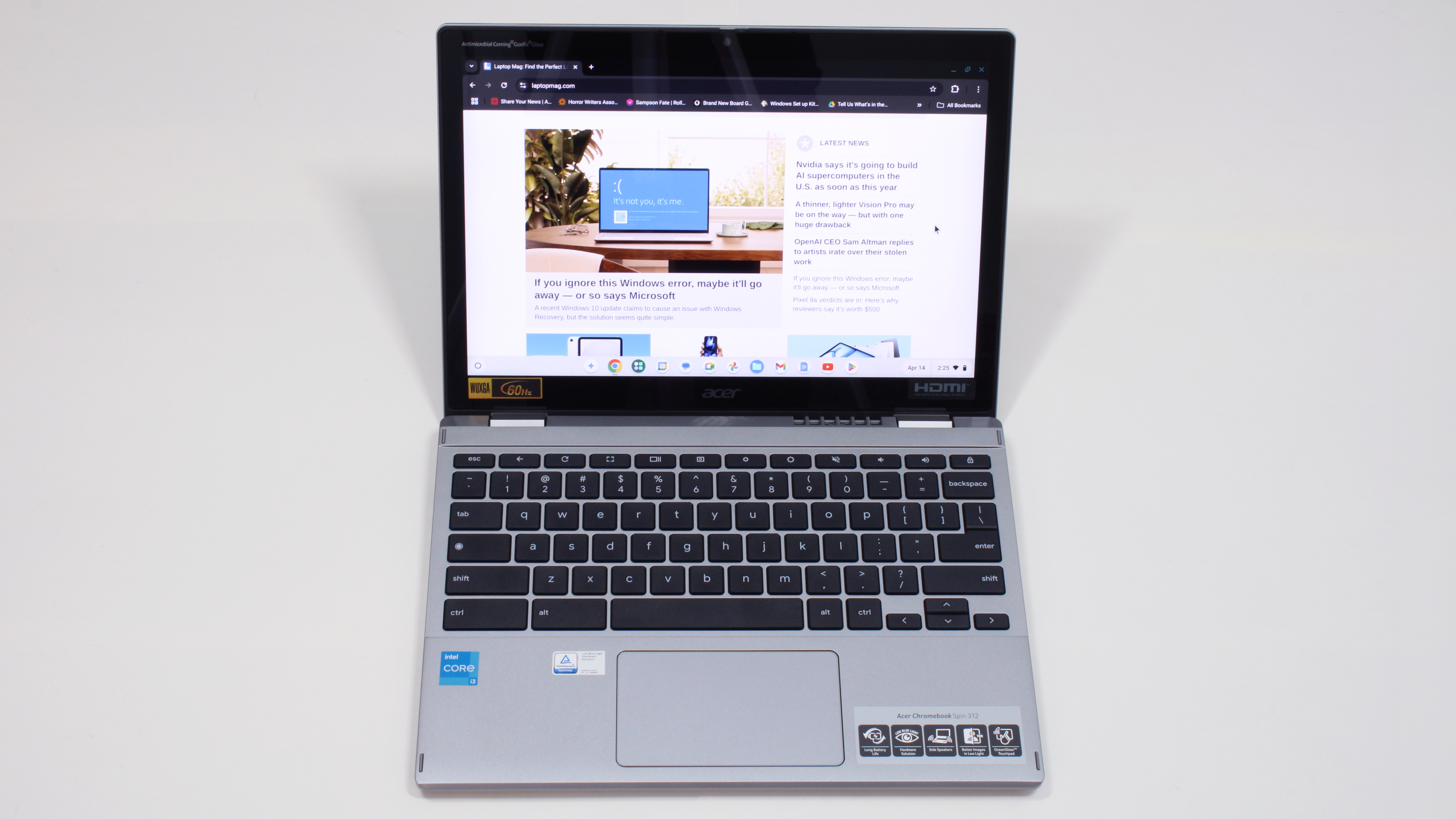Coronavirus could cause HUGE shock to PC shipments in 2020
The deadly virus is threatening the PC market's health

The coronavirus -- a deadly virus that has infected more than 76,000 people and killed more than 2,200 -- is also threatening the health of the global PC market. Technology research firm Canalys (via TechCrunch) anticipates a 3% minimum drop in PC shipments due to the disruptive respiratory illness.
That figure, though, is based on Canalys' "best-case scenario" forecast, which suggests that the PC industry will only suffer a 3.4% year-over-year decline -- a drop from last year's 396 million units down to 382 million units -- if there is successful containment of the lethal contagion by spring.
- Apple moving iPad production out of China due to coronavirus outbreak
- Mobile World Congress 2020 is canceled due to coronavirus fears
- Apple listens to health experts, closes all retail stores in China amid coronavirus crisis
"In the best-case scenario," Canalys wrote, "production levels are expected to revert to full capacity by April 2020, hence the biggest hit will be to sell-in shipments in the first two quarters."
In this optimistic forecast, Canalys expects Q1 and Q2 2020 to suffer a 10% and 9% loss, respectively, with the PC supply market normalizing by Q3 2020.
However, if the COVID-19 outbreak continues to get out of hand, Canalys' "worst-case scenario" forecast anticipates a 9% plummet in the volume of PCs that will ship worldwide. As a result, the industry could experience an absence of 34 million units compared to last year.
In this worst-case scenario, Canalys doesn't expect production levels to normalize until June 2020. Q1, Q2, and Q3 may suffer a decline of 21%, 23%, and 6%, respectively. In this pessimistic forecast, Canalys anticipates the PC industry will restabilize by Q4 2020.
With a confidence rate of 80%, Canalys suspects that the best-case scenario forecast will prevail.
Sign up to receive The Snapshot, a free special dispatch from Laptop Mag, in your inbox.
Canalys' analysis stemmed from several sources including vendors, manufacturers, supply-chain companies, channel partners, retailers and software publishers.
This report is a revision of Canalys' previous projections to clients; The technology firm updates its forecast estimates in the seventh week of every quarter.
Kimberly Gedeon, holding a Master's degree in International Journalism, launched her career as a journalist for MadameNoire's business beat in 2013. She loved translating stuffy stories about the economy, personal finance and investing into digestible, easy-to-understand, entertaining stories for young women of color. During her time on the business beat, she discovered her passion for tech as she dove into articles about tech entrepreneurship, the Consumer Electronics Show (CES) and the latest tablets. After eight years of freelancing, dabbling in a myriad of beats, she's finally found a home at Laptop Mag that accepts her as the crypto-addicted, virtual reality-loving, investing-focused, tech-fascinated nerd she is. Woot!

